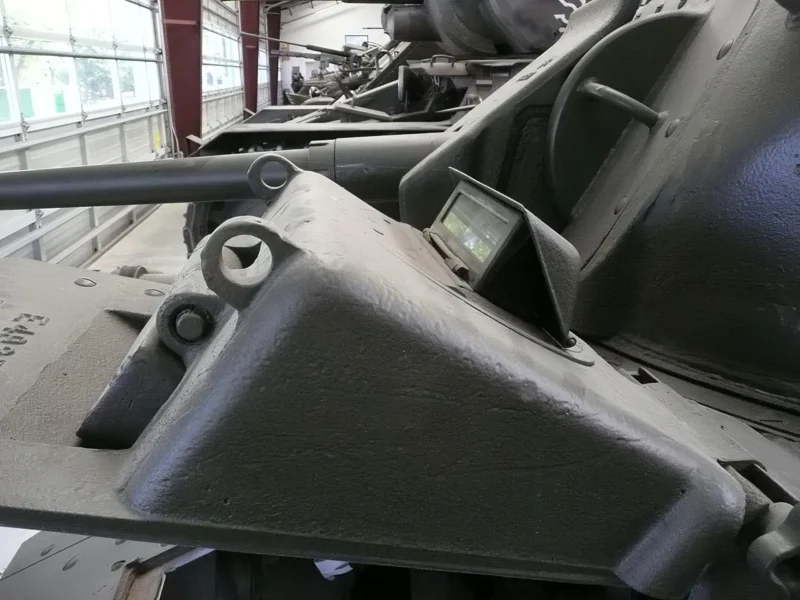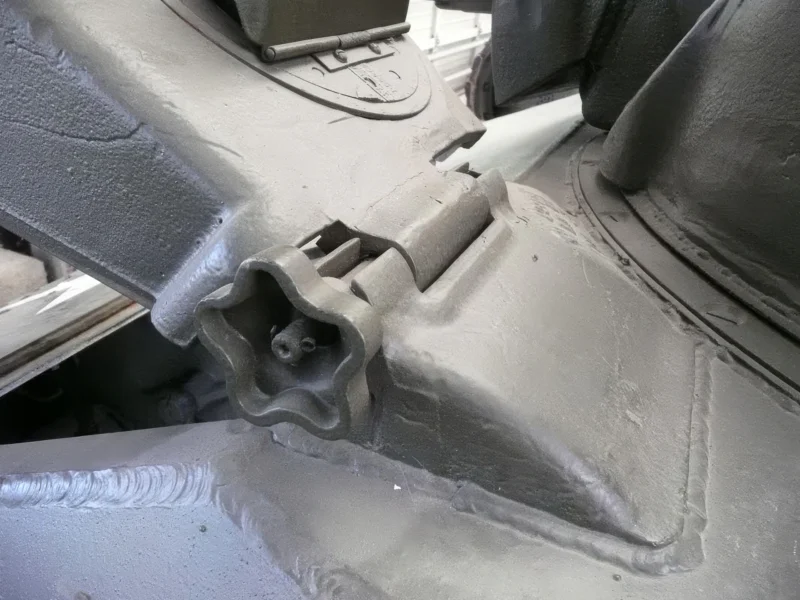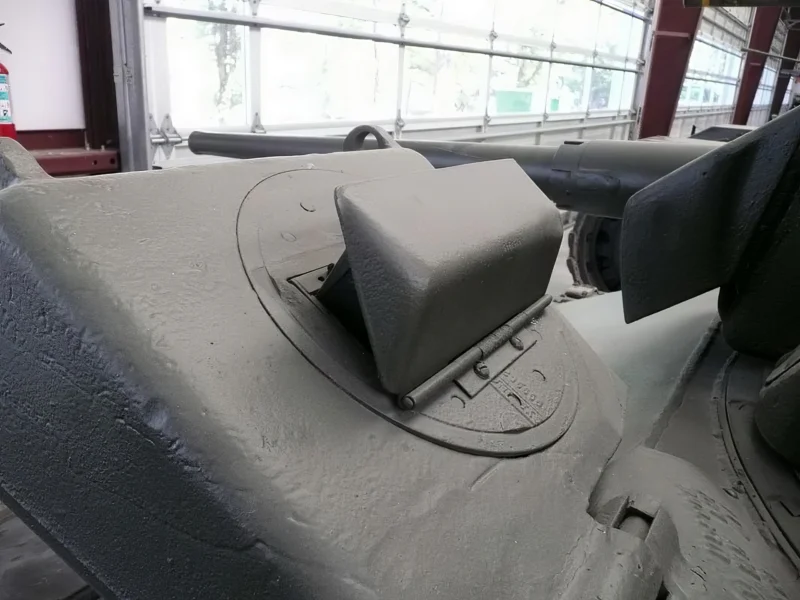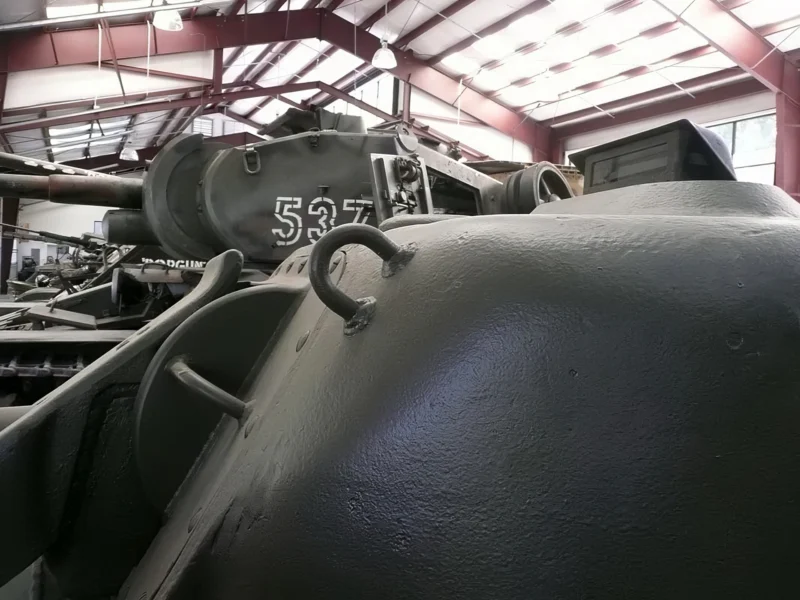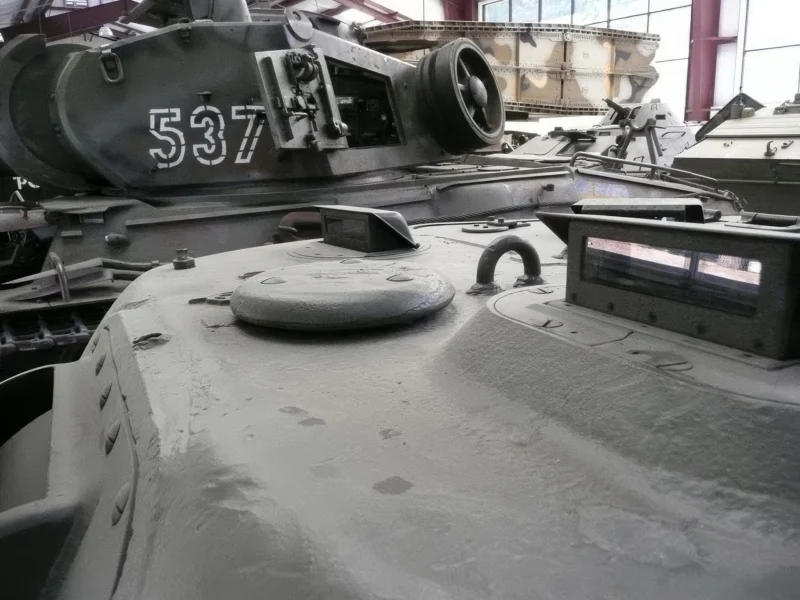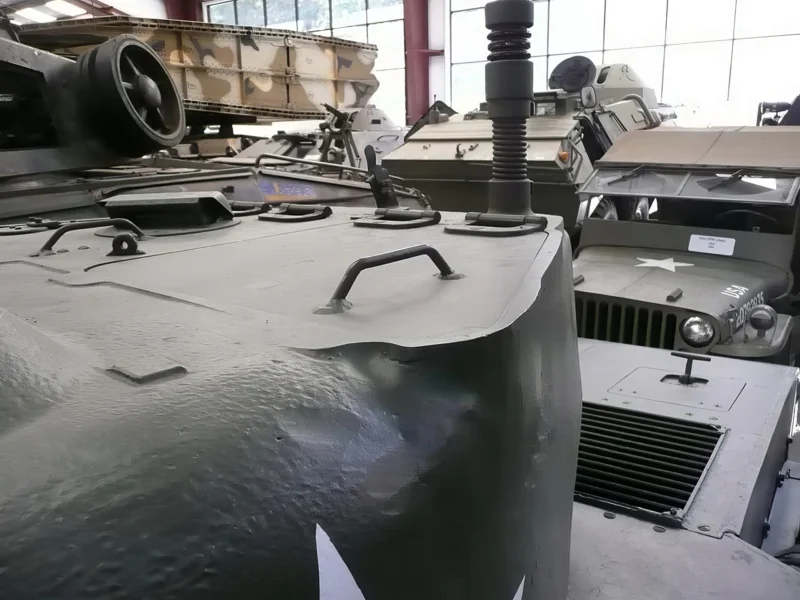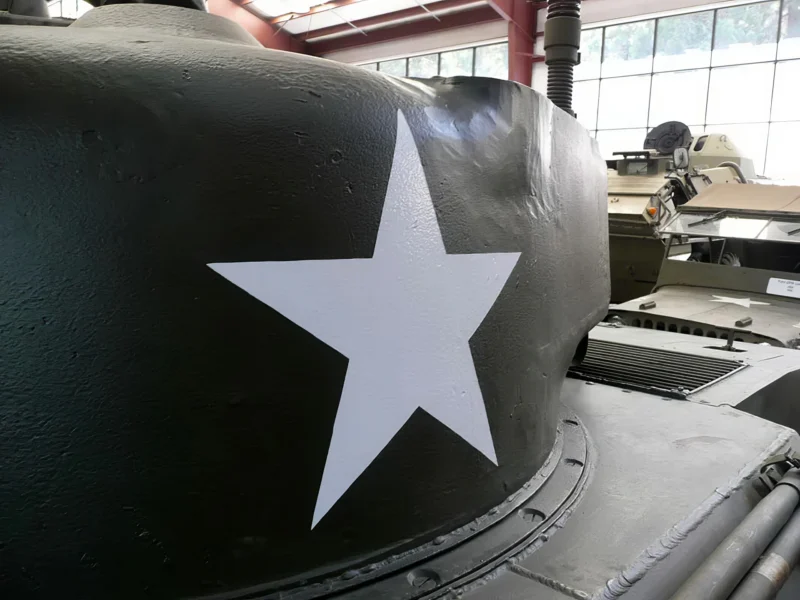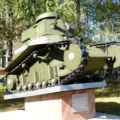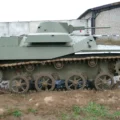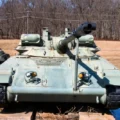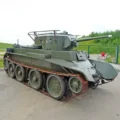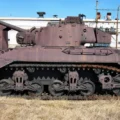
M22 – Gafanhotos | |
|---|---|
| País | Eua |
| Tipo | Tanque de luz |
Galerie photo d'un char M22 Locust, Le Light Tank (Airborne) M22 foi um tanque leve aerotransportado americano usado durante a Segunda Guerra Mundial. Os britânicos os nomearam Locustídeo (gafanhoto).
Fonte: Gafanhoto M22 na Wikipédia
| M22 Locust – Walk Around | |
|---|---|
| Fotógrafo | Desconhecido |
| Localização | Desconhecido |
| Fotos | 90 |
| M22 Locust – Walk Around | |
|---|---|
| Fotógrafo | Desconhecido |
| Localização | Desconhecido |
| Fotos | 31 |
Veja também:
| M22 Locust (T9E1) – Walk Around | |
|---|---|
| Fotógrafo | Desconhecido |
| Localização | Desconhecido |
| Fotos | 17 |
O Gafanhoto M22 was an American-designed airborne light tank of World War II, developed to provide airborne forces (paratroopers and glider troops) with immediate, mobile anti-tank and fire support behind enemy lines.
It was a novel concept but suffered from a combination of mechanical reliability issues and having become under-gunned by the time it saw combat.
Design and Specifications
The M22 was designed from the ground up to be air-transportable, leading to several compromises in its protection and firepower:
- Papel: Light Tank (Airborne). Its primary design requirement was transportability via large gliders.
- Armamento principal: O 37 mm M6 gun, a weapon that was already obsolete for anti-tank use by 1944 against medium German tanks.
- Armadura: Extremely thin, maxing out at only around 25 mm on the front, offering protection mainly against small-arms fire and shell fragments, but little defense against anti-tank rifles or most heavier cannons.
- Transport: It was specifically designed to fit within the cargo bay of the massive British General Aircraft Hamilcar glider, which required removing the turret before loading and reattaching it after landing (though some sources suggest later testing allowed it to be carried intact).
Service History
| Aspect | Details |
|---|---|
| Development Request | Initiated in 1941, largely in response to a request by the British War Office for a glider-transportable tank. |
| US Service | O Exército dos EUA declared the M22 “Limited Standard” but never used it in combat. The M22 suffered from a poor power-to-weight ratio and general reliability problems in field trials. |
| Combat Use | The M22 Locust’s only World War II combat deployment was with the British 6th Airborne Division, who nicknamed it the “Locust.” |
| Major Operation | Operation Varsity (March 1945). This was the airborne crossing of the Rhine River. A small number of Locusts were glider-landed, but most were lost either during the landing or shortly after in engagements with German anti-tank forces. Only two reached the final rendezvous point intact. |
| Effectiveness | The M22 was largely ineffective as a fighting vehicle due to its weak gun and armor. Its main value was the psychological shock of having tanks appear behind enemy lines, rather than its direct combat utility. |
| Legado | The M22 proved the concept of air-delivery for armored vehicles, paving the way for post-war designs, but was retired shortly after WWII. |
The M22 Locust is a perfect example of a design that was overtaken by the rapid advance of wartime technology. Though designed for a vital niche, it was already obsolete by the time it entered service.
Views : 3278
